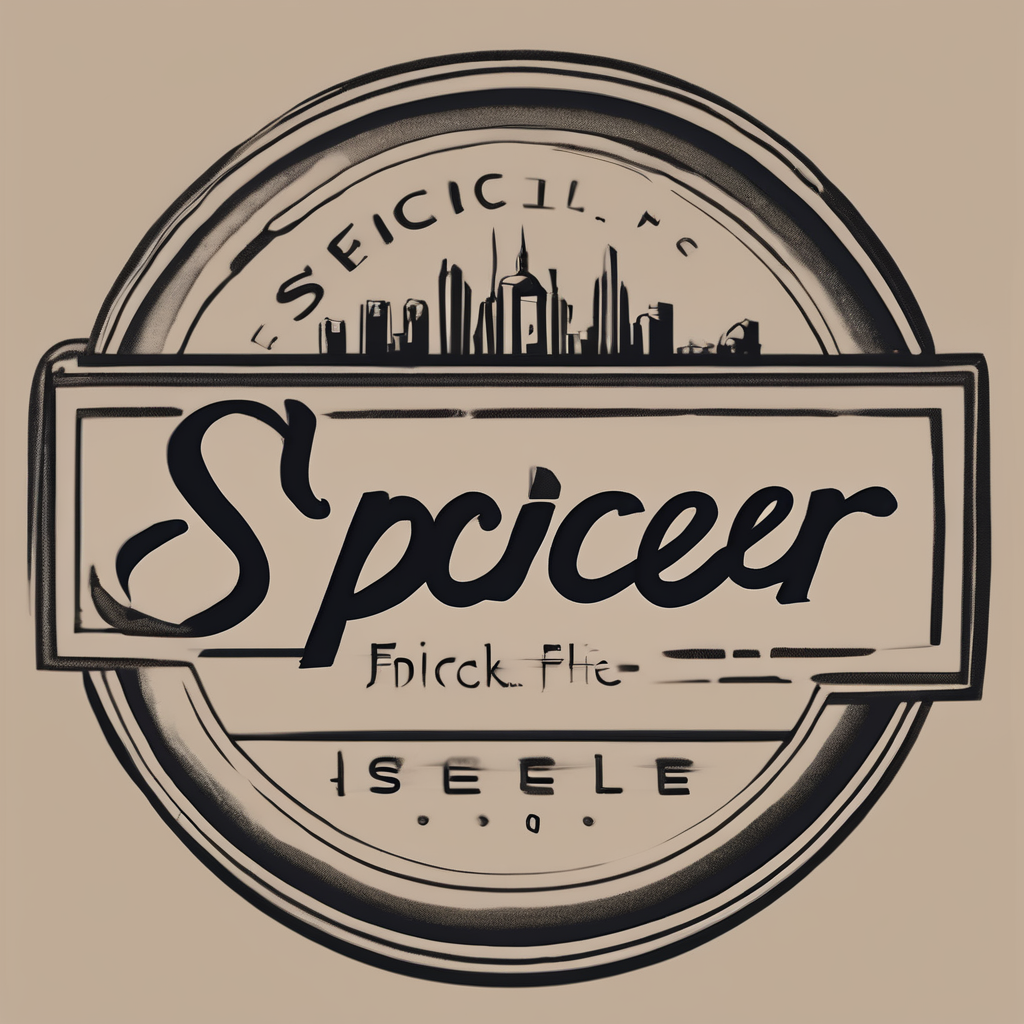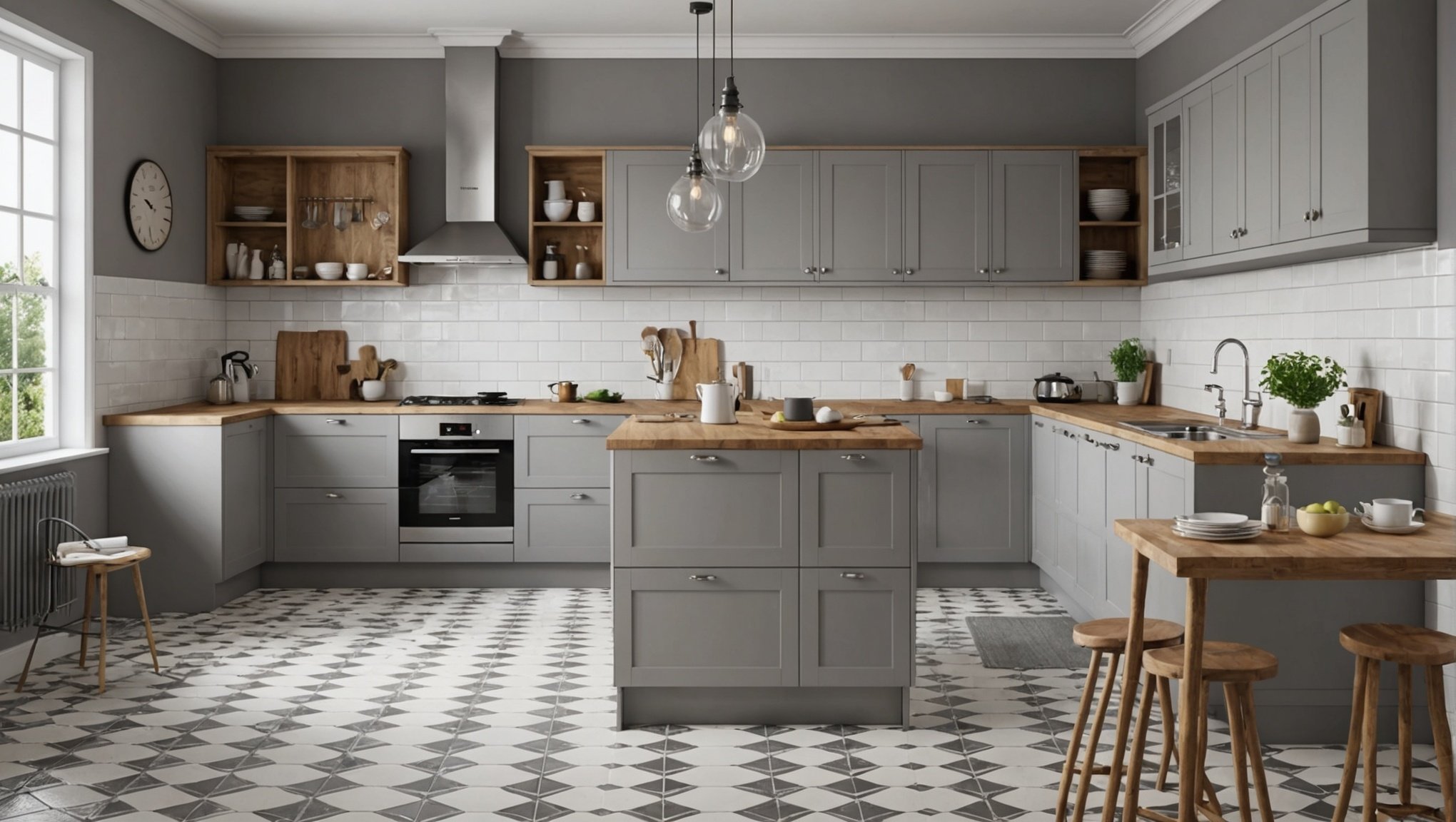If you’re planning a kitchen renovation or are simply interested in keeping your kitchen spotlessly clean and beautiful, the type of kitchen tiles you choose plays a significant role. It’s not just about the design, colour, or the aesthetic appeal of the tile, it’s also about the practicality and ease of cleaning. With the plethora of tile options available in the market, it can be tricky to decide which one will be the best fit for your UK home. In this article, we will explore different types of kitchen tiles in terms of their ease of cleaning.
Porcelain Tiles: The King of Durability
Porcelain tiles are made from a type of dense clay and are known for their durability and resistance to water. They are less porous than their ceramic counterparts, making them less likely to stain and easier to clean. Porcelain tiles also come in a vast range of colours, designs and finishes, so you can easily find something that aligns with your kitchen design ideas.
Additional reading : How to maintain and clean wooden kitchen cabinets in the UK?
Cleaning porcelain tiles is relatively straightforward. You simply need to sweep or vacuum the floor to remove any loose dirt and grime. Then, use a mop with warm soapy water to clean the surface. Avoid using harsh chemical cleaners as they may damage the finish of the tile.
Ceramic Tiles: An Affordable Option
Ceramic tiles are a popular choice for kitchens due to their affordability and versatility in terms of design and colour options. They are made from clay and fired at high temperatures to create a solid tile.
Topic to read : How to maintain and clean wooden kitchen cabinets in the UK?
While ceramic tiles are porous and therefore more prone to staining than porcelain, this doesn’t necessarily mean they are hard to clean. Regular cleaning with warm soapy water will maintain their appearance, while tougher stains can be treated with a vinegar and water solution. The grout between ceramic tiles can be a challenge to clean, but a grout brush and a mixture of baking soda and water should do the trick.
Natural Stone Tiles: A Touch of Elegance
Natural stone tiles, like marble, granite, and slate, add a touch of elegance and sophistication to any kitchen. Each piece of natural stone is unique, adding character and depth to your design. However, as they are naturally porous, these types of tiles do require a bit more care to keep them looking their best.
To clean natural stone tiles, avoid using acidic or alkaline cleaners as they can etch the surface of the stone. Instead, opt for neutral pH cleaners or simply use warm water and a soft cloth. For stubborn stains, a poultice made from baking soda and water can be applied. Remember to reseal your stone tiles every few years to maintain their resistance to stains and water damage.
Glass Tiles: A Modern Twist
Glass tiles bring a modern and fresh look to any kitchen. They come in a variety of colours and designs, and their reflective surfaces can make your kitchen appear larger and brighter. In terms of cleaning, glass tiles are a dream. They are non-porous, meaning they won’t stain, and their smooth surfaces are resistant to mould and mildew, which can be a common problem in kitchens.
To clean glass tiles, simply wipe down with a damp cloth or sponge and a mild soap. Avoid using abrasive cleaners or tools that may scratch the surface.
Quarry Tiles: Rustic and Robust
Quarry tiles are made from natural clay, giving them a rustic and traditional look. They are incredibly robust, making them a great option for high traffic areas like the kitchen. Quarry tiles are more porous than porcelain or ceramic, so they are more prone to staining. However, with the correct cleaning techniques, this shouldn’t be a problem.
To clean quarry tiles, sweep or vacuum to remove loose dirt and then mop using a mild detergent and warm water. For stubborn stains, a stiff brush and a mild bleach solution can be used.
Remember, the type of tile you choose for your kitchen will not only affect the overall design but also how much time you will spend cleaning. So consider your lifestyle, your cleaning habits, and choose a tile that will not just add beauty but also provide practicality and ease of maintenance.
Comparing Cleaning Techniques
While we’ve explored the cleaning techniques for various types of tiles, it is worth taking a moment to compare these methods side by side.
Porcelain tiles are a breeze to clean due to their low porosity. A sweep, vacuum, and an occasional mop with warm soapy water will keep them looking their best. Remember, though, to avoid harsh chemicals that could damage the tile surface.
In comparison, ceramic tiles might require slightly more effort because they are more porous. Regular cleaning with warm soapy water is necessary, and a vinegar solution can come in handy for tougher stains. The grout may also need to be scrubbed with a grout brush and a baking soda solution for a thorough clean.
Natural stone tiles such as marble, granite, and slate require more care. Acidic or alkaline cleaners can etch the stone surface, so a neutral pH cleaner or warm water is recommended. For stubborn stains, a baking soda and water poultice can work wonders. Don’t forget to reseal these tiles every few years to preserve their resistance to stains and water damage.
Glass tiles are the easiest to maintain because they are non-porous and resistant to mould and mildew. A simple wipe down with a damp cloth or sponge and mild soap is enough. However, be careful to avoid abrasive cleaners or tools that could scratch the surface.
Lastly, quarry tiles, while robust and perfect for high traffic areas, need mindful cleaning due to their porosity. Sweep or vacuum to remove loose dirt, then mop with a mild detergent and warm water. For stubborn stains, a mild bleach solution and a stiff brush can be used.
Conclusion
Choosing the right kitchen tiles for your UK home goes beyond aesthetics and involves considering factors such as durability, cost, and ease of maintenance. Porcelain tiles, famed for their durability, are a great choice for a low-maintenance, stain-resistant option. Ceramic tiles hit the sweet spot of affordability and versatility, but may need more frequent cleaning. Natural stone tiles bring elegance but require careful maintenance. Glass tiles add a modern touch and are effortless to maintain, while quarry tiles offer a rustic look and require standard cleaning techniques.
In the end, the best tiles for your kitchen depend on your personal style, budget, and how much time you’re willing to invest in cleaning and maintenance. Our recommendation is to take your lifestyle and cleaning habits into account to pick the tile that not only enhances the beauty of your kitchen but also aligns with your practical needs.






